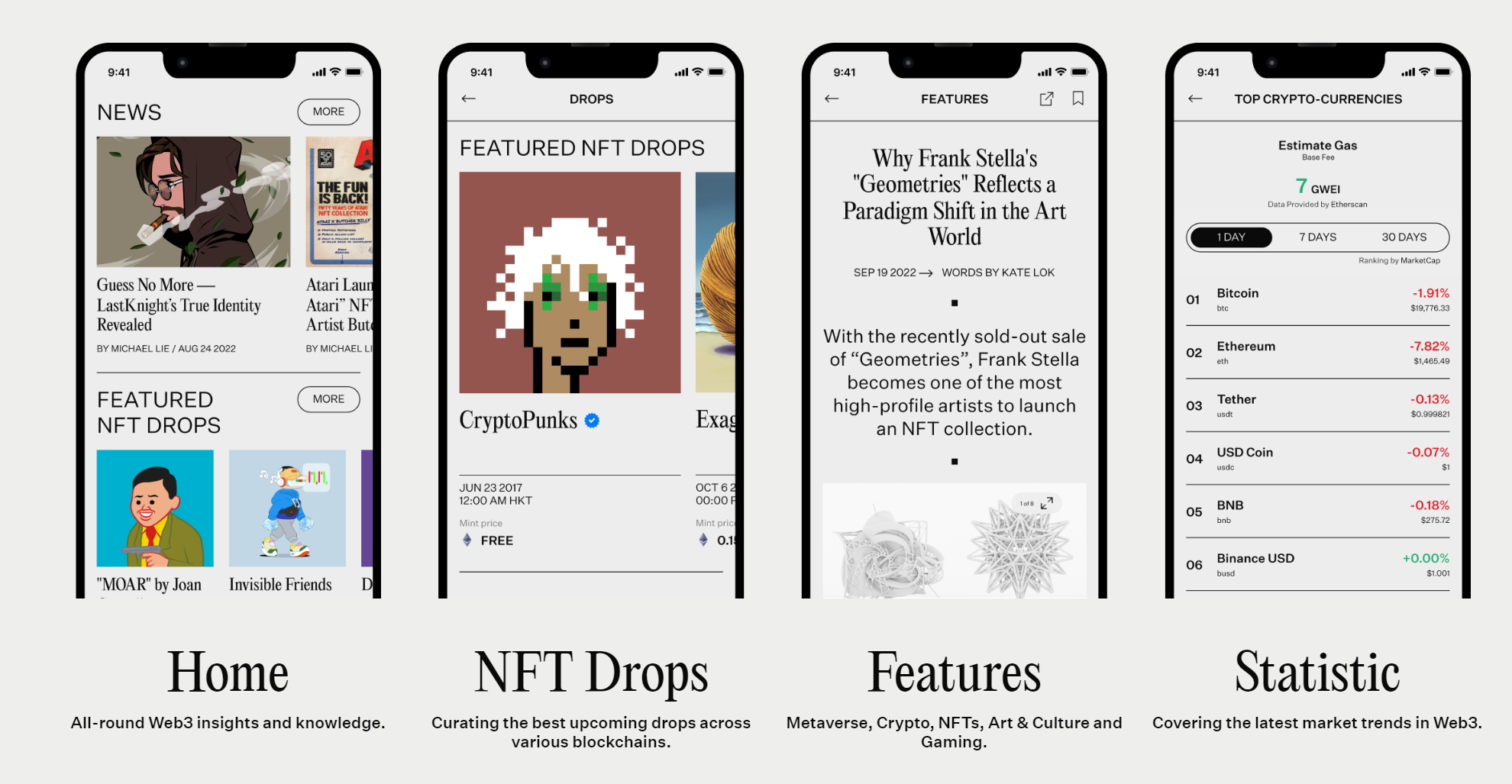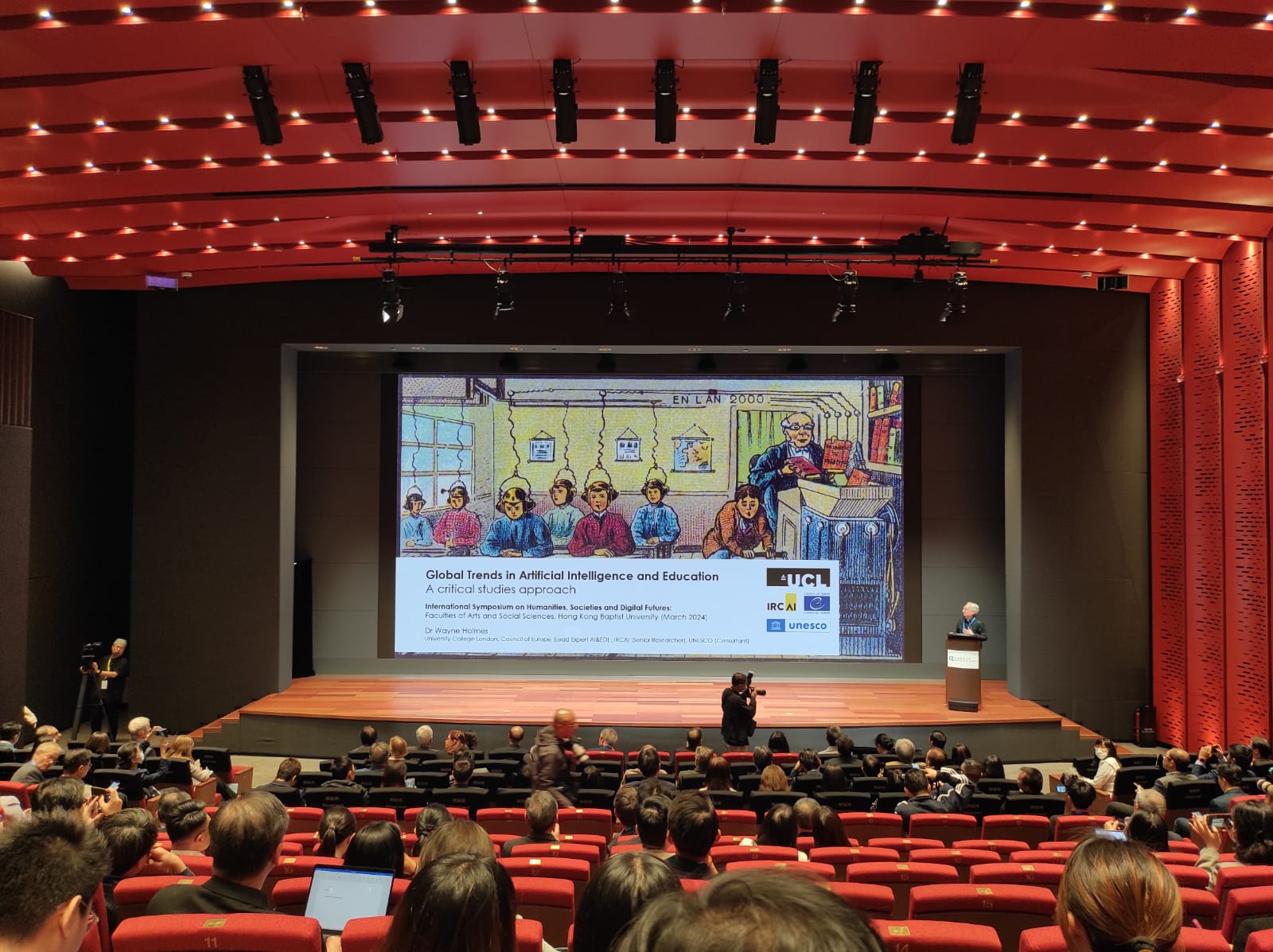Applying Design Thinking to Artificial Intelligence: Enhancing Human-Centric Solutions
10 second read: Artificial intelligence (AI) has become a game-changer for companies across various industries, offering new opportunities and competitive advantages1. To harness the full potential of AI, it is crucial to adopt a human-centered approach that considers emotions, ethics, accountability, explainability, trust, and the interaction between humans and AI systems1. This is where design thinking comes into play. As a business innovator, practitioner and now a full time faculty, the need to instill the use of good design thinking primer with customers in mind is very important in all kinds of business model – and innovations. Let’s dive in further.
What is Design Thinking?
Design thinking is a problem-solving approach that focuses on understanding user needs, ideation, prototyping, and testing to create innovative solutions3. It emphasizes collaboration, experimentation, and empathy to address complex problems3. By applying design thinking principles to AI, companies can develop AI solutions that are not only technologically advanced but also user-friendly and aligned with human values.

Benefits of Applying Design Thinking to AI:
- Human-Centric Solutions: Design thinking ensures that AI solutions are developed with a deep understanding of user needs, preferences, and emotions1. This leads to the creation of AI systems that are intuitive, user-friendly, and enhance the overall user experience.
- Ethical Considerations: Design thinking encourages the exploration of ethical implications and accountability in AI systems1. It helps identify potential biases, privacy concerns, and unintended consequences, allowing companies to develop AI solutions that are fair, transparent, and trustworthy.
- Iterative Development: Design thinking promotes an iterative approach to AI development, where prototypes are continuously tested and refined based on user feedback6. This iterative process enables companies to create AI solutions that evolve and improve over time, ensuring they meet the changing needs of users.
- Collaboration and Interdisciplinary Teams: Design thinking emphasizes collaboration and the involvement of diverse perspectives3. When applied to AI projects, this approach encourages interdisciplinary teams consisting of designers, engineers, data scientists, and domain experts. This collaboration fosters creativity, innovation, and a holistic understanding of the problem at hand.
Examples of AI and Design Thinking Integration:
- Data-Driven Ideation: AI can analyze user data and identify patterns to generate new design ideas during the ideation phase2. This data-driven approach enhances the creativity and effectiveness of the design process.
- Prototyping and Testing: AI can assist designers in creating prototypes and testing them before manufacturing3. This accelerates the design iteration process and allows for quick feedback and improvements.
- Optimization and Decision-Making: Designers can leverage AI as an additional tool for making informed decisions about what should be created and how it should be created3. AI algorithms can analyze vast amounts of data and provide insights that inform design choices.
Conclusion:
The integration of design thinking and artificial intelligence offers immense potential for creating human-centric AI solutions that address complex problems and enhance user experiences. By adopting a design thinking approach, companies can ensure that AI systems are not only technologically advanced but also ethical, transparent, and aligned with human values. The iterative nature of design thinking allows for continuous improvement and adaptation to changing user needs. Embracing this synergy between design thinking and AI will pave the way for innovative and impactful AI-based solutions.References:
- Applying Design Thinking to Artificial Intelligence. Why Should You Use It in Your AI-Based Projects? – nexocode
- The Use of AI in Design Thinking – Unlimited Graphic Design Service – Penji
- Design Thinking and Artificial Intelligence: A match made in heaven? – THoM
- The AI Revolution in Design Thinking: Disruption, Integration, and Future Possibilities
- How Design Thinking is Fueled by Artificial Intelligence and Machine Learning – Architech
- Design Thinking for AI: Sustainable AI Solution Design – Cuelogic An LTI Company










